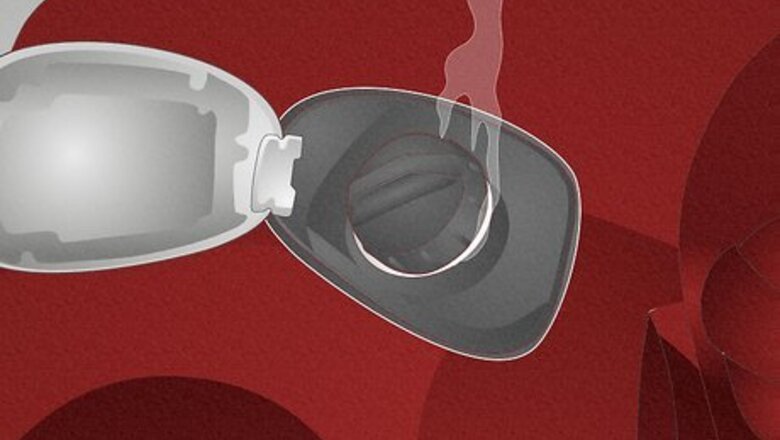
views
- Check if your gas cap is loose, and screw it on tightly. Replace your gas cap if it doesn’t seal tightly to avoid fumes from escaping.
- Clean or replace our vehicle’s air filter to prevent debris or contaminants from getting into your fuel or exhaust.
- Try replacing the oxygen sensors under the hood and on your exhaust line if they’re faulty and taking incorrect emissions readings.
- Take your vehicle to a mechanic if you suspect issues with your catalytic converter or electrical system.
Causes of Emission System Problems

Loose gas cap When you don’t tightly screw your gas cap back on, fuel vapors may escape from your tank and trigger the emissions issue. A loose cap also allows dirt and contaminants to get into your fuel, which could eventually get into your engine or exhaust line. This could lead to your Check Engine light coming on or your engine working less efficiently.
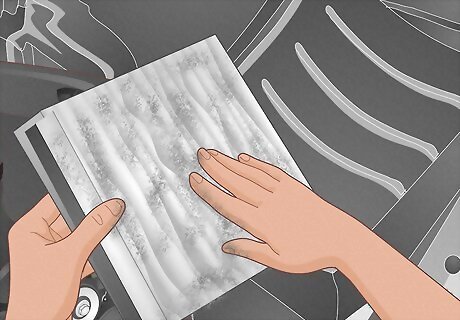
Dirty air filter Your vehicle’s air filter traps all of the dirt and debris before it reaches your engine. After it gets dirty, your filter works less efficiently and allows some of the debris into the engine and contaminates your emission system, which could cause engine sputters or misfires.

Faulty catalytic converter When exhaust passes through the catalytic converter in your emission system, it removes all the harmful fumes before they leave your vehicle. When your catalytic converter is clogged or not working properly, the built-up fumes create inaccurate emissions readings and affect your vehicle’s performance. Your Check Engine light may turn on and your engine could misfire from the different fuel levels.
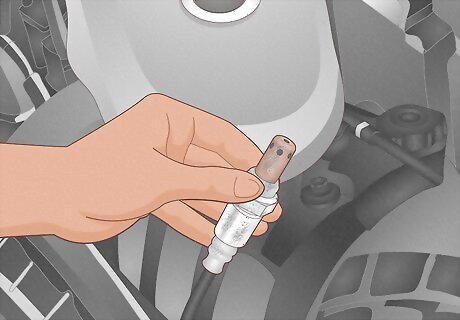
Bad oxygen sensors Oxygen sensors measure the oxygen levels of exhaust leaving your engine compared to when they’re further down your exhaust line. When one of your oxygen sensors is broken or stops working, it can’t properly measure the emission levels in the exhaust and may cause performance issues with your vehicle, such as engine misfires or lower fuel efficiency.
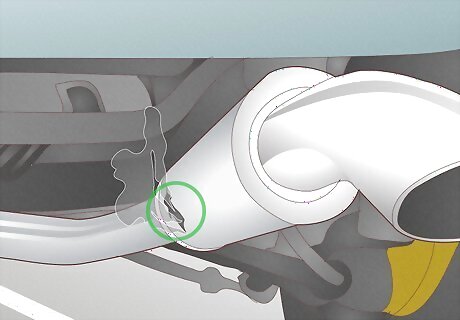
Exhaust leak Any damage to your exhaust could loosen parts or create a hole where the exhaust leaks out. Over time, pieces of your exhaust may also form cracks that leak fumes before they reach the tailpipe. Leaks cause sensors on your emission system to take inaccurate readings, so your engine may burn more fuel than it needs. You may also notice an unusual whistling noise coming from underneath your vehicle if there’s a leak.

Electrical issues When you have faulty spark plugs or wiring, your engine won’t burn fuel as efficiently and will pull it into your exhaust system. Since the unburned fuel gets into the emission system and gives an inaccurate reading to the sensor, it may turn on your Check Engine light or cause your engine to misfire while you’re driving. Electrical issues with your engine’s control module may also cause your emission system to malfunction.
Signs of a Faulty Emission System
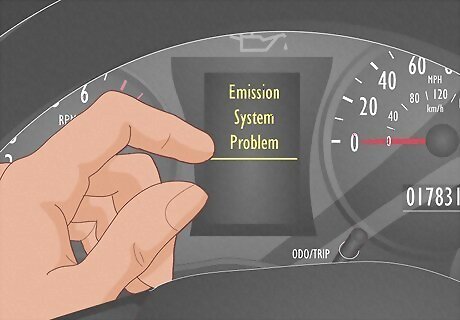
Lit or blinking Check Engine or Emissions light Check your dashboard to see if any of the warning lights have come on. Newer vehicles may specify an “Emission System Problem” so you know what’s causing the issue. On older vehicles, you may only see the Check Engine light without any other explanation. Since the Check Engine light could be a variety of issues, check the OBD codes with a code reader to find out the cause.
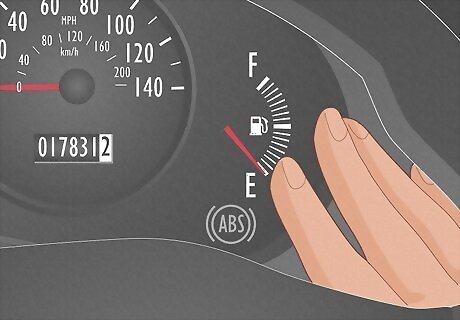
Lower fuel efficiency Do you have to fill up your tank more often, or have you noticed your vehicle burns through fuel more quickly? When there’s a problem with your emission system, it may pull more fuel into your engine and increase your gas consumption. Leaks or loose gas caps can also cause fuel to escape unused. If you notice your fuel efficiency drops by 12–15%, then take your vehicle to a mechanic for a tune-up.
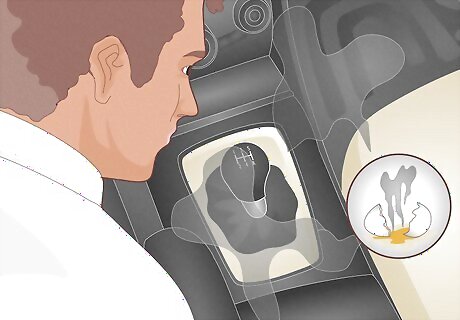
Rotten egg or gasoline smell When your engine doesn’t burn fuel properly, it passes through your exhaust and emission system to create a strong gasoline smell. If you notice a rotten egg smell instead, it’s a sign your catalytic converter hasn’t filtered the fumes properly.
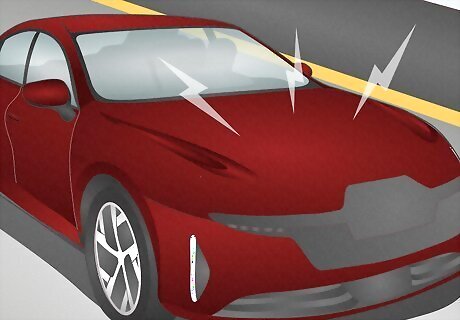
Engine sputtering or misfiring When your emission system pulls the wrong amount of fuel, it may flood your engine or not be enough to power your vehicle. If you notice a misfire, see a drop in RPMs, have difficulty shifting or accelerating, or detect your engine hesitating, it may be a sign that fuel isn’t burning properly and causing your issues. Engine misfires are common signs of other issues as well, such as faulty spark plugs or fuel injectors.

Thick, colored exhaust smoke Fumes coming from your exhaust pipe are normally invisible, so there’s a problem with your emissions when they become more noticeable. If you see gray, black, or white smoke, it’s a sign toxic chemicals are getting through without being filtered out. Black smoke may mean there’s a problem with your vehicle’s air filter. Gray smoke could be a sign that unburnt fuel isn’t properly being sent back to your engine. Thick white smoke is a sign of leaking coolant or contamination in your emission system.
Diagnosing & Fixing the Problem
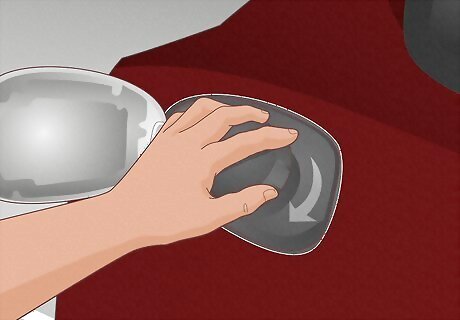
Tighten or change your gas cap. Check the rubber seal on the inside of the gas cap to make sure there aren’t any cracks or damage. If the seal looks good, screw the gas cap on and turn it to the left to hear if it clicks into place securely. After that, wiggle the gas cap around to check that it’s secure. If you notice damage around the seal, install a new gas cap that fits tightly. If your vehicle still has an emission system problem after tightening or replacing your gas cap, then there may be a more serious issue.
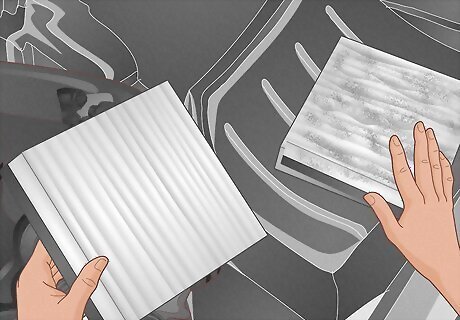
Replace your air filter. Locate your vehicle’s air filter box under the hood near the front corner or engine. Unclip the top of the box and remove it to access the filter inside. Pull out the old filter and vacuum out any debris that’s still inside the box so it doesn’t get into your emission system. Then, just put the new filter in and put the box top back on to finish. If your filter still looks in good shape, then try cleaning it with a vacuum and rinsing it out with soapy water. Just be sure to let it dry completely before putting it back in your vehicle.
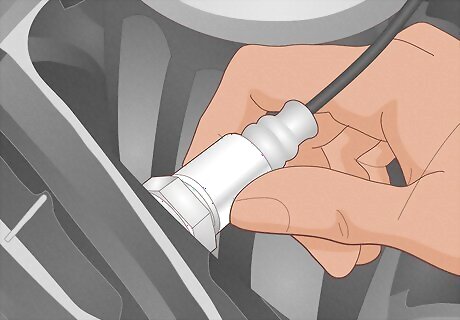
Change faulty oxygen sensors. Look for the oxygen sensors, which look like thick black plugs with hex bolts, attached next to your engine under the hood or along your exhaust line underneath your vehicle. Change the sensor by unplugging its cable and unscrewing it from your vehicle. Then, just screw the new oxygen sensor tightly into place. Oxygen sensors usually cost around $50–100 USD depending on the make and model of your vehicle. Start your vehicle to check if the fix worked. If the Check Engine light is still on or your vehicle still performs poorly, check that you installed the sensor correctly and plugged it back in.
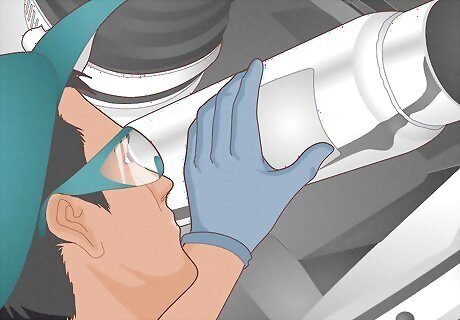
Take your vehicle to a mechanic. Since multiple issues could lead to an emission system problem and the parts are difficult to access, get an expert opinion if you’re not sure what’s causing the problem. Explain your issues to a mechanic so they can inspect your vehicle. They’ll locate the part that’s causing the issue and make any repairs to ensure your vehicle runs properly. Finding and patching an exhaust leak usually costs around $150–300 USD depending on the location and size. Changing out an oxygen sensor could range from around $150–500 USD. Electrical repairs depend on the part. If all you need is a spark plug, it may only cost $50 USD, but having your vehicle rewired could cost upwards of $1,500 USD. Replacing your catalytic converter could range anywhere from $900–3,500 USD depending on your vehicle’s make and model.
Preventing Emission System Problems
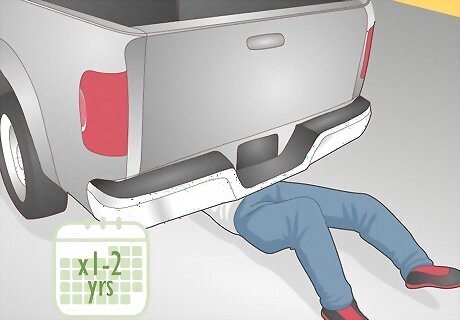
Have your emission system checked every 1–2 years. Whenever you notice your vehicle’s fuel efficiency drop by about 10–15%, take your vehicle in to have it checked out and tuned up. The mechanic will inspect your emission system for any new damage and catch any problems before they have a chance to start.
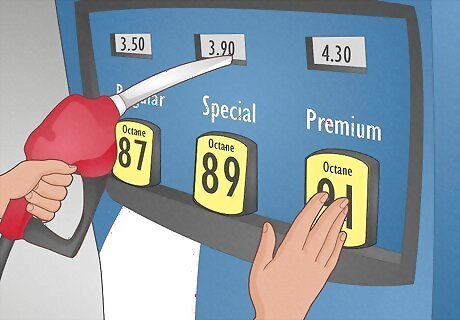
Use the proper fuel grade for your vehicle. Check your vehicle’s manual or the sticker on the inside of the gas hatch to see what fuel your vehicle needs. Always use that fuel when you fill up at the gas station to ensure your engine burns it properly. If you use a lower-grade fuel than what’s recommended, it can cause your engine to run poorly and damage your emission system over time.
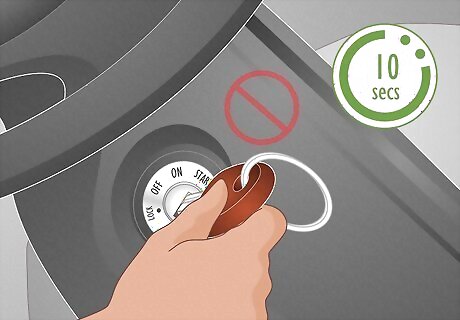
Avoid cranking the engine for longer than 10 seconds. If your vehicle isn’t starting when you turn the key in the ignition, avoid holding it in place and letting your engine crank. Your engine might be pulling fuel from your gas tank, which could leak into your emission system and cause more damage. Instead, diagnose why your vehicle isn’t starting or have it taken to a mechanic to solve the issue.
Can I drive with emission problems?
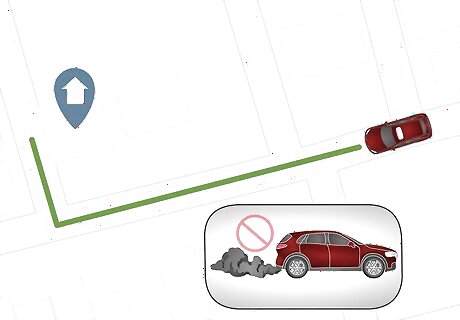
Drive as little as possible until you diagnose and fix the emission problem. There’s a chance you could damage your engine or emission system the longer you drive with issues. Emission problems also introduce more harmful pollution into the environment. It’s okay to drive if there’s an emergency or urgent errand to run, but try to avoid taking long casual drives until you know what’s causing the issue with your emission system. If your Check Engine light is flashing, there may be more severe damage. Avoid driving completely and have your vehicle towed instead.




















Comments
0 comment